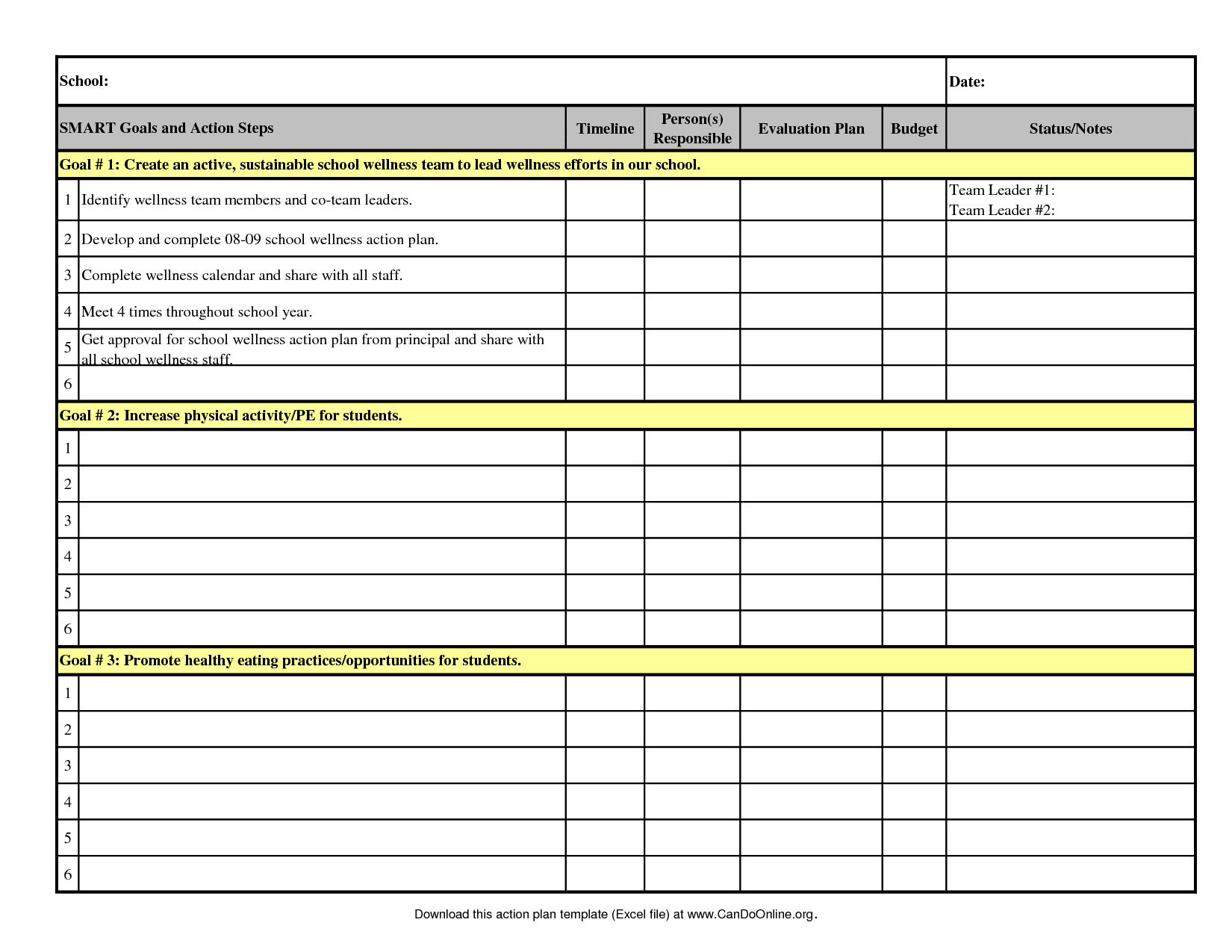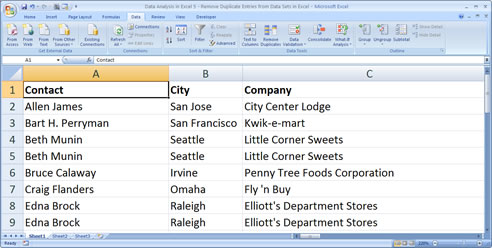

The function requires a common field or key and four arguments. This lookup column could be on the same worksheet you’re viewing or another within your workbook. As you might guess, the “V” stands for vertical and relies on looking up data from the leftmost column of a lookup table. VLOOKUP is an Excel function that allows you to search and retrieve a cell’s content from one column and use it in another location to retrieve data. Excel VLOOKUP Example – Multiple Spreadsheets & Exact Match.Excel VLOOKUP Example – Approximate Match.This VLOOKUP tutorial will provide two examples using different arguments and lookup values. When it comes to learning Microsoft Excel formulas and functions, I like to start with an easy example. But sometimes, pushing through difficulties can make things easier in the long run. It looked too difficult, and I couldn’t see the immediate benefit. VLOOKUP(lookup_value,table_array,col_index_num,)

When I first heard about this powerful Excel function in 2005, I took a look at the help file and syntax. If you’re using Google Sheets, please see Using Google Sheets & VLOOKUP. (Includes downloadable Excel VLOOKUP practice exercises.)
#Data sheets for excel practice how to
In this Excel VLOOKUP tutorial, you’ll learn how to use VLOOKUP in Excel using two examples with different match types. However, one that continually fascinates users is the VLOOKUP formula because of its ability to link to other data columns. Spreadsheets are known for having many formulas and functions. To solve the scenerio1, since it is a linear regression, use a LinearRegression Estimator for the Iterative Imputation.Twitter Pinterest LinkedIn Reddit Facebook Pocket Email Hacker News For example, a scenario1 is a regression problem where missing values are predicted using machine learning. With iterative Imputation, each feature is modeled as a function of the other features. Scenario1 is a prime example of when to use Iterative Imputation! If there is a cell with a missing arrival time X, and the corresponding delay time is 0, filling the arrival time with the median or mean of the data set will make the arrival time way higher than it needs to be, even where there was no delay. Scenario1: You have a dataset where arrival time is dependent on the delay time. Using median will solve the outlier problem, but it can be tricky too!!

To deal with missing data, if you can, go to the source of the data, but if you can’t or got the data from secondary sources, using the mean of the data can be helpful if there is no outlier in the data. I know you must have heard of different ways to deal with missing data… probably a million times now, haha, but it is still true! Do not delete missing data!! Especially if you have a small dataset. Iterative Imputation is a great way to handle missing data, even for an analyst!! I wouldn't recommend this as standard practice, but it was an interesting learning experience. It was interesting to think through different cross platform functions and how to get what I wanted! In order to get better at using Tableau, I set a challenge for myself to try cleaning my data in Tableau only for a portfolio project. You can create a set, so that certain columns will be displayed, only if they meet a certain criteria (such as top 5). You can group columns together, so for example if you want to see the combined revenue of pens and pencils and call it writing utensils. It then works off of the new file.Īt the sheet level there are more options for transforming data before you've even got any ink down: I originally thought the data interpreter was there to help me join my sheets, but eventually I learned that it goes into your original excel file and creates a new file which it had cleaned by doing things like removing blank rows. Append one table onto another (called Union), which I have used for tables where I got new data and had already started making sheets off the original table and didn't want to make a new sheet. Group entries within columns (much like CASE WHEN in SQL) Split columns by a custom delimiter (like Excel's text to columns function) When I added onto my "figure it out by pressing buttons" approach and started taking a deeper dive in how to use Tableau, here are some of the things I learned. Did you know Tableau has data cleaning options? 🧹


 0 kommentar(er)
0 kommentar(er)
